Luxury cars, often seen as symbols of wealth and status, ironically face some of the steepest depreciation rates in the automotive world. The factors behind this phenomenon offer insights into why these high-end vehicles lose value more quickly than their mainstream counterparts. From the initial high purchase price to psychological dynamics, various elements contribute to this rapid depreciation.
The Nature of Luxury Car Depreciation
Initial High Purchase Price
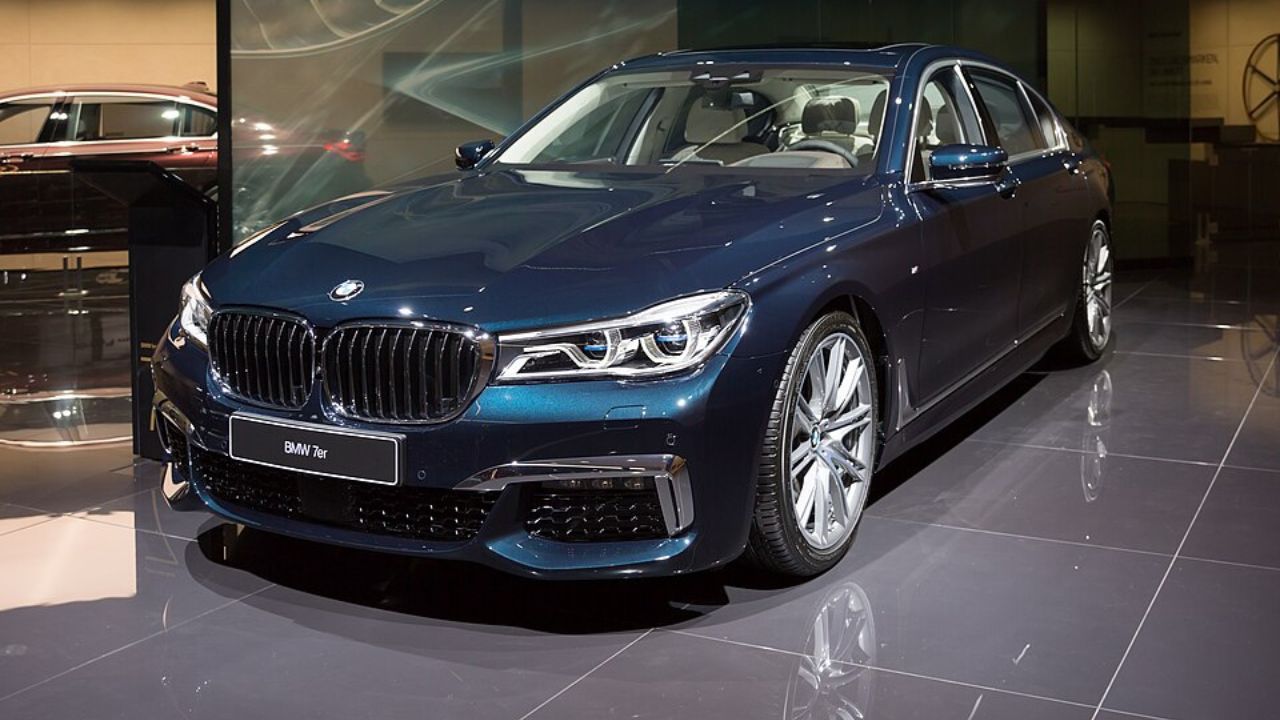
The substantial initial cost of luxury cars is one of the primary reasons for their steep depreciation. When a car is purchased, it immediately loses value, a phenomenon known as depreciation. Luxury vehicles, such as the Mercedes-Benz S-Class or BMW 7 Series, often come with price tags that reflect their advanced features, premium materials, and brand prestige. However, this high entry cost sets the stage for significant depreciation. As soon as these vehicles are driven off the lot, they can lose up to 20% of their value, primarily because the market for used luxury cars is much smaller compared to more affordable vehicles.
Moreover, luxury cars tend to have a higher depreciation rate than mainstream cars because the initial cost includes a premium for brand prestige and exclusivity. As these cars age, that premium decreases significantly, leading to a sharper decline in value. For instance, a new Porsche Panamera might cost upwards of $90,000, but within five years, its value can drop by nearly half, primarily due to the high starting price and a smaller market of potential buyers.
Rapid Technological Advancements
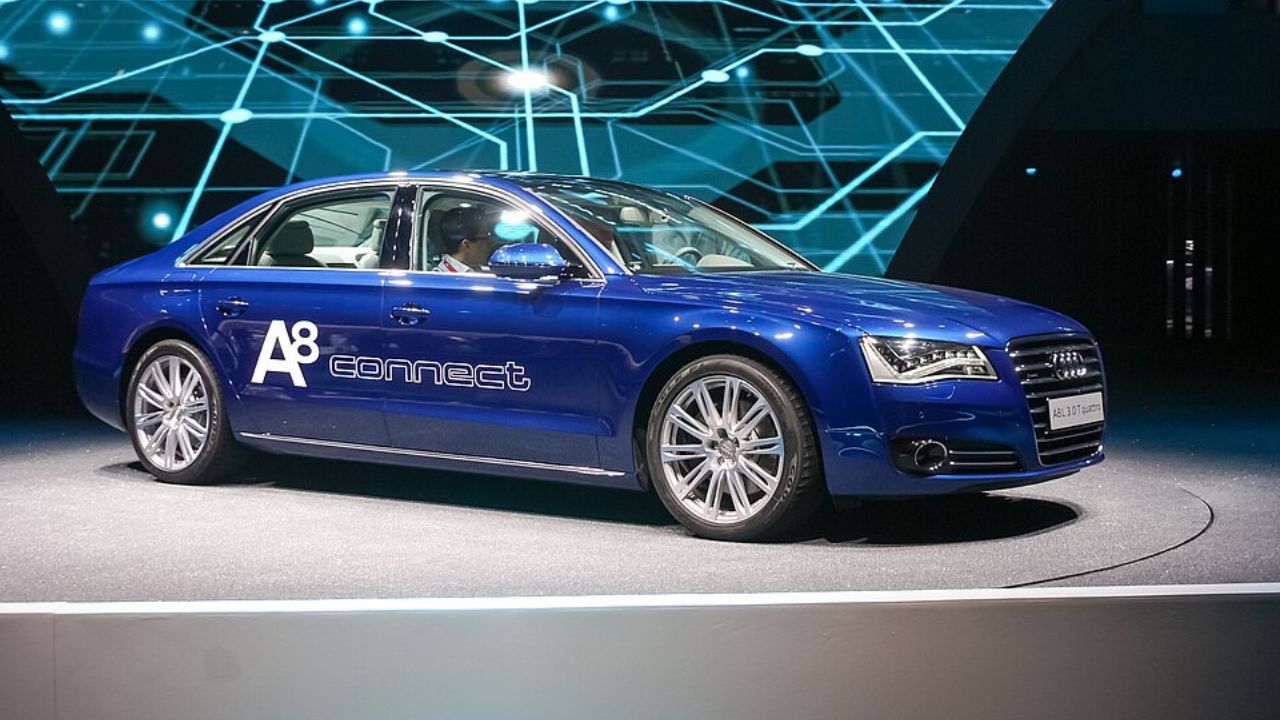
Luxury car manufacturers are at the forefront of technological innovation, constantly introducing new features that enhance safety, performance, and comfort. Brands like Tesla with its Model S or Audi with its A8 regularly update their models with cutting-edge technology. While this is a selling point for new cars, it also means that older models can quickly become outdated. Features that were once considered state-of-the-art can seem obsolete within a few years, contributing to rapid depreciation as buyers prefer newer models with the latest technologies.
This rapid pace of innovation creates a cycle where luxury car owners are incentivized to upgrade to newer models frequently. As a result, the market is flooded with slightly older models that, despite being in excellent condition, struggle to maintain their value. For example, the introduction of advanced driver-assistance systems or more efficient hybrid engines can make a three-year-old luxury car seem less appealing, further accelerating its depreciation.
Limited Market Demand
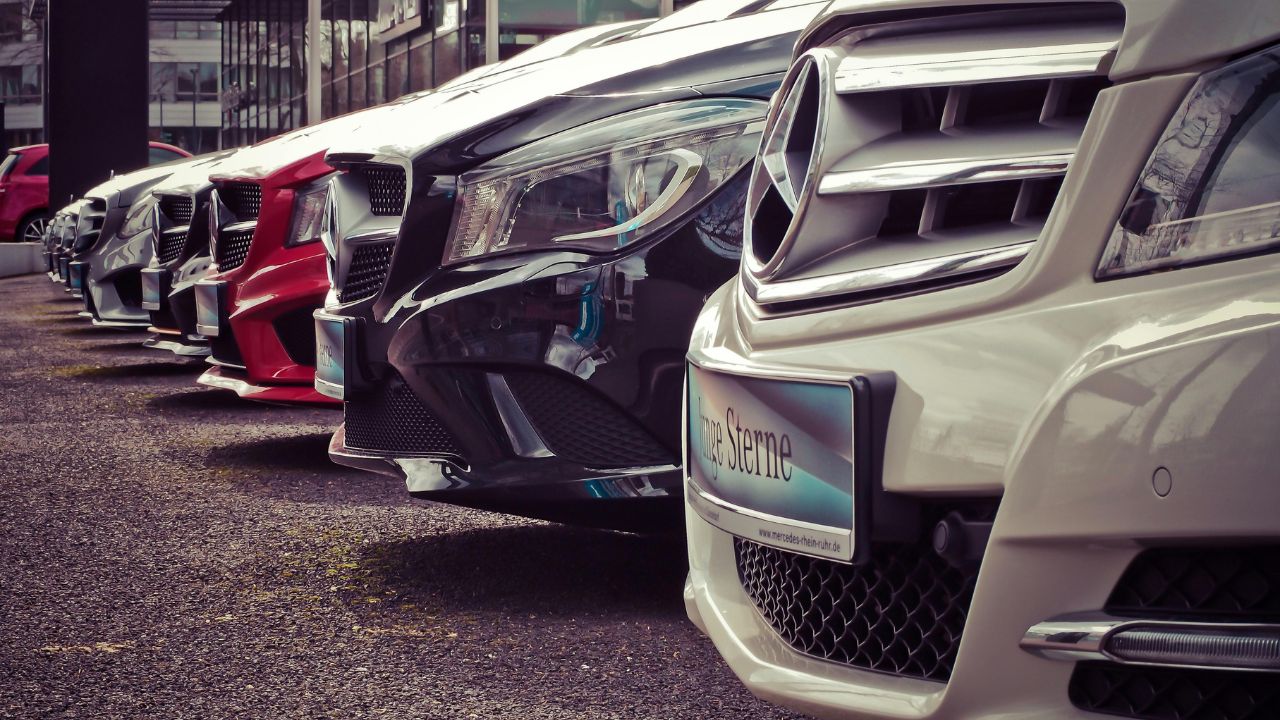
The pool of potential buyers for used luxury cars is considerably smaller than that for mainstream vehicles. Factors such as high maintenance costs, expensive parts, and a preference for new models limit the appeal of pre-owned luxury vehicles. As a result, sellers often have to lower prices to attract buyers, which contributes to higher depreciation rates. A luxury car like the Jaguar XJ may be desirable when new, but as it ages, finding a buyer willing to pay a premium price can be challenging.
This limited demand is compounded by the fact that luxury cars are often seen as status symbols, and there is a societal preference for newer models. A used luxury car, no matter how well-maintained, doesn’t carry the same prestige as a new one, which can deter potential buyers and exacerbate depreciation. In a market driven by image and exclusivity, the depreciation of luxury vehicles is a reflection of these broader social dynamics.
Brand Perception and Image
Shifts in Brand Perception
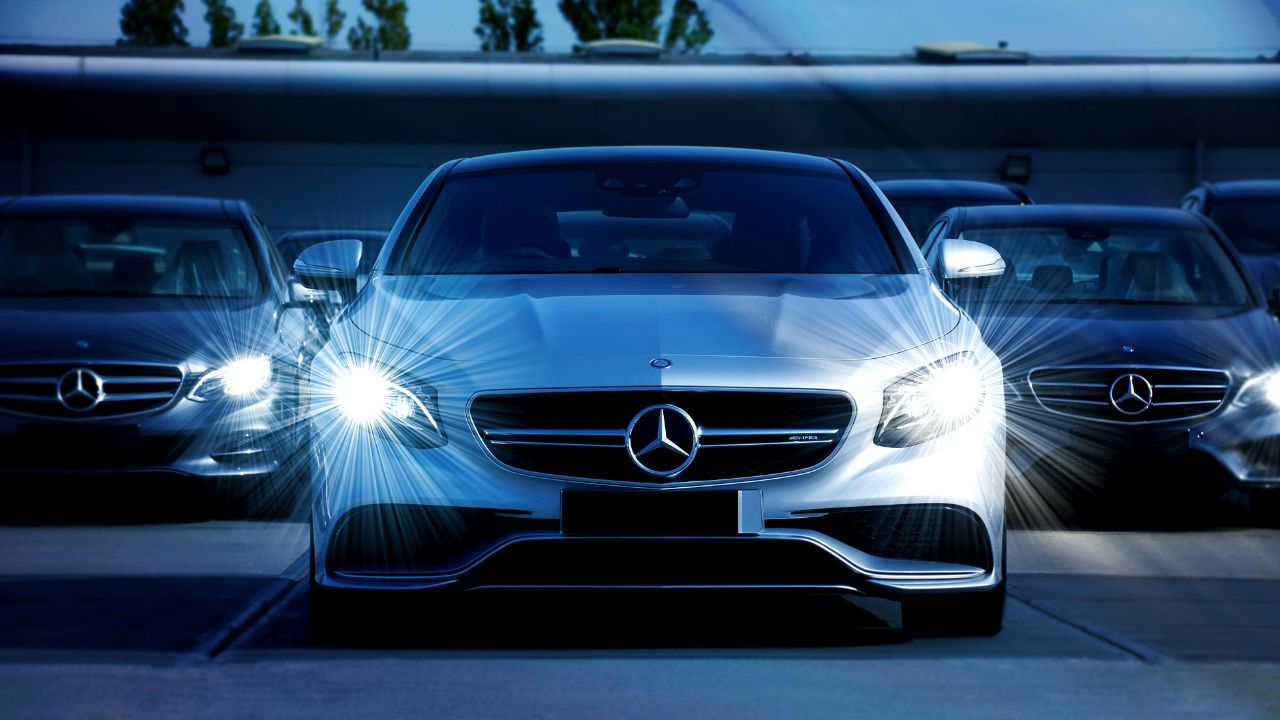
Brand perception plays a crucial role in the depreciation of luxury cars. A brand’s reputation can change rapidly due to factors like recalls, scandals, or changes in ownership. For example, if a luxury brand experiences a significant recall or quality issue, the perceived value of its vehicles can drop substantially. This was evident with the Volkswagen emissions scandal, which affected the resale value of many of its premium models, including those under the Audi and Porsche brands.
Moreover, luxury brands often rely on a strong brand image to command high prices. If a brand’s image is tarnished, the depreciation of its vehicles can accelerate. Buyers of luxury cars often seek not just a vehicle but a statement of prestige and status. Any negative shift in brand perception can undermine this status, leading to increased depreciation as the desirability of the brand’s vehicles wanes.
Desire for the Latest Models
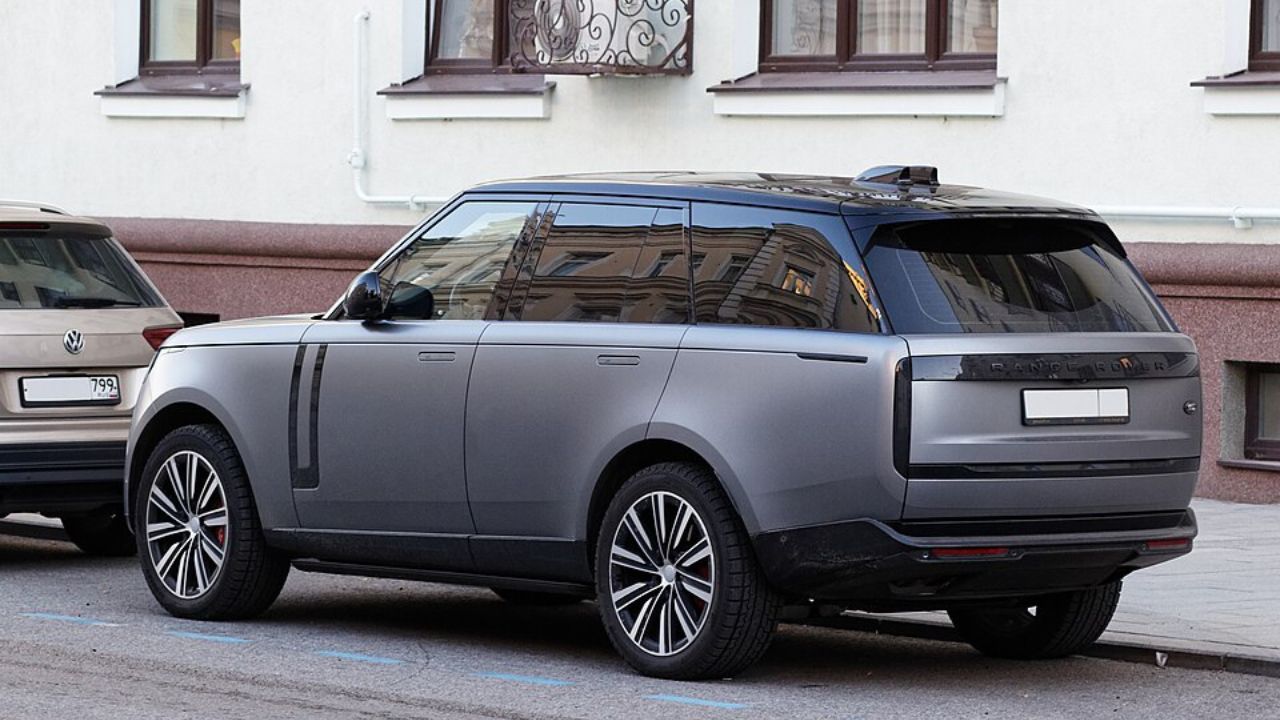
In the luxury car market, there is a strong consumer preference for owning the latest models. This desire is driven by the need to maintain social status, as owning the newest car model is often seen as a sign of success and prestige. As a result, older models quickly lose their appeal, which drives down their value. For instance, the launch of a new Range Rover model can significantly impact the resale value of previous versions, as buyers flock to the latest iteration.
This trend is further amplified by the frequent refresh cycles in the luxury segment, where manufacturers release updated models every few years. The desire to keep up with these updates means that older luxury cars, even those just a few years old, can depreciate rapidly as they are perceived as less desirable or outdated.
Maintenance and Ownership Costs
High Maintenance Expenses
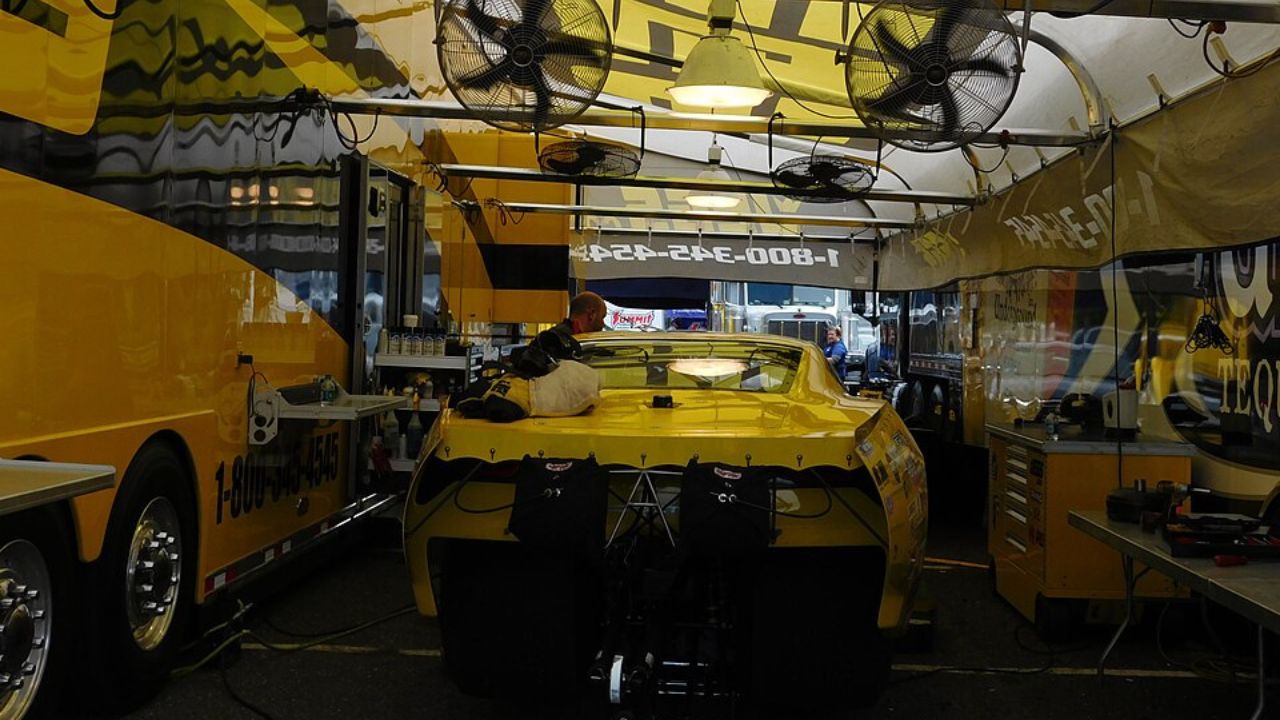
Luxury cars often come with high maintenance and repair costs, which can deter potential buyers and contribute to depreciation. Brands like Maserati or Ferrari are known for their expensive upkeep, requiring specialized parts and service that can be prohibitive for many buyers. These costs can include everything from routine maintenance to more significant repairs, all of which add to the total cost of ownership.
This high cost of maintenance can significantly impact the resale value of luxury cars. Potential buyers may be wary of purchasing a used luxury vehicle due to the anticipated ongoing expenses. As a result, sellers often have to lower their asking prices to attract buyers, further contributing to the depreciation of these vehicles.
Warranty Expirations
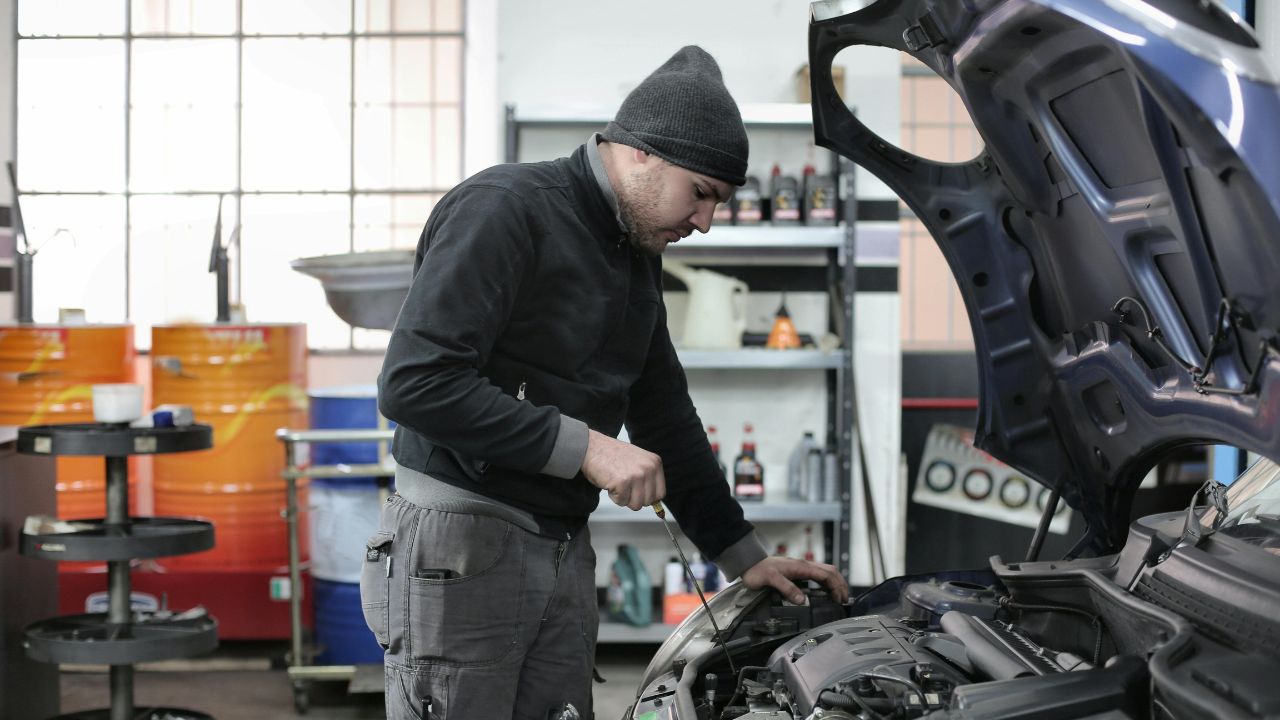
The expiration of warranties can also play a significant role in the depreciation of luxury cars. Many luxury vehicles come with comprehensive warranties that cover repairs and maintenance for the first few years of ownership. Once these warranties expire, the financial responsibility for any repairs shifts to the owner, which can be a daunting prospect given the high cost of luxury car repairs.
As a car’s warranty nears its end, its resale value can drop significantly. Buyers are often unwilling to take on the risk of high repair costs without the safety net of a manufacturer’s warranty. This risk-averse attitude further depresses the value of used luxury cars, as they become less attractive to potential buyers.
Economic Factors and Market Trends
Economic Downturns

Economic fluctuations can have a disproportionate effect on the values of luxury cars. During economic downturns, consumer spending typically declines, and luxury items are often the first to see reduced demand. In such times, the demand for second-hand luxury vehicles diminishes as potential buyers become more cautious with their spending.
For example, during the 2008 financial crisis, the luxury car market suffered a significant decline as consumers prioritized essential expenses over luxury purchases. This shift led to an oversupply of used luxury cars and drove down their resale values. The volatility of the luxury car market means that economic downturns can quickly accelerate depreciation rates, making these vehicles less desirable investments during uncertain times.
Market Saturation
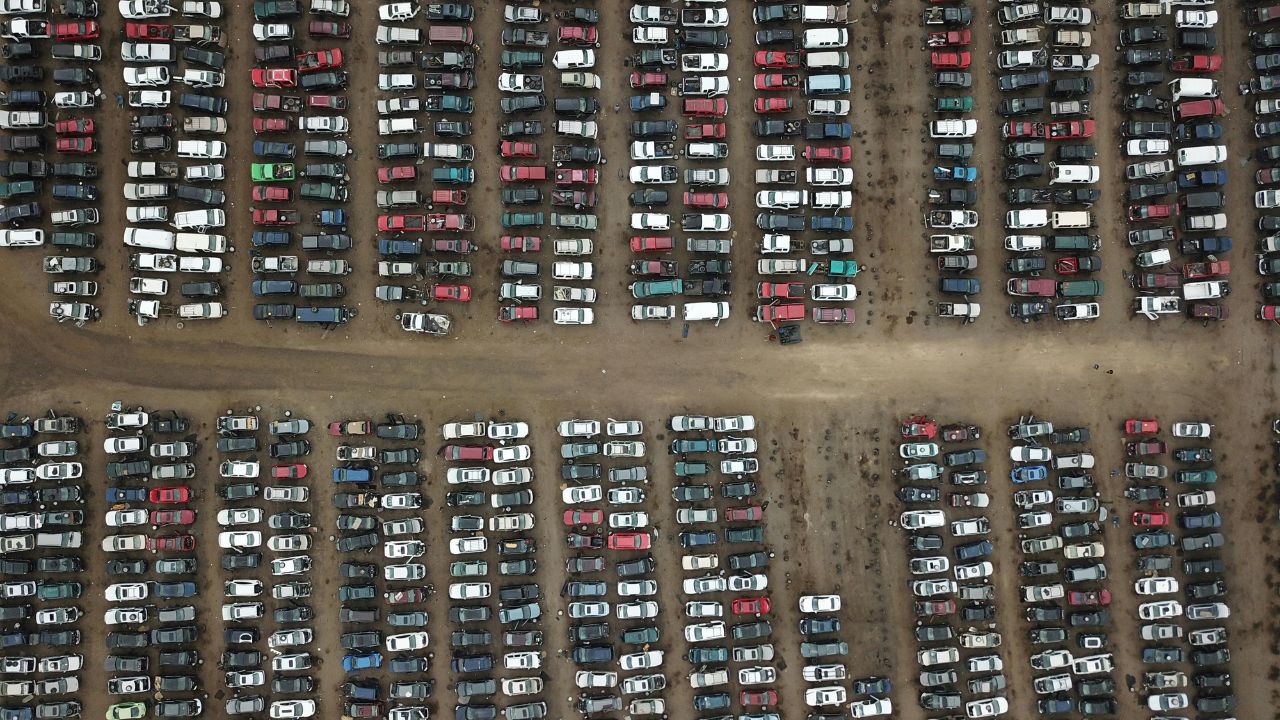
The luxury car market can also experience periods of saturation, where the supply of certain models exceeds demand. This oversupply can result from manufacturers producing too many units or releasing new models too frequently. When the market becomes saturated, the resale value of luxury cars can plummet as sellers compete to offload their vehicles.
Market saturation was evident with models like the BMW 5 Series and the Mercedes-Benz E-Class, where frequent updates and a high volume of production led to a surplus of available units. This oversupply puts downward pressure on prices, accelerating depreciation as sellers are forced to accept lower offers to move their cars.
Psychological and Social Dynamics
Status Symbol Dynamics
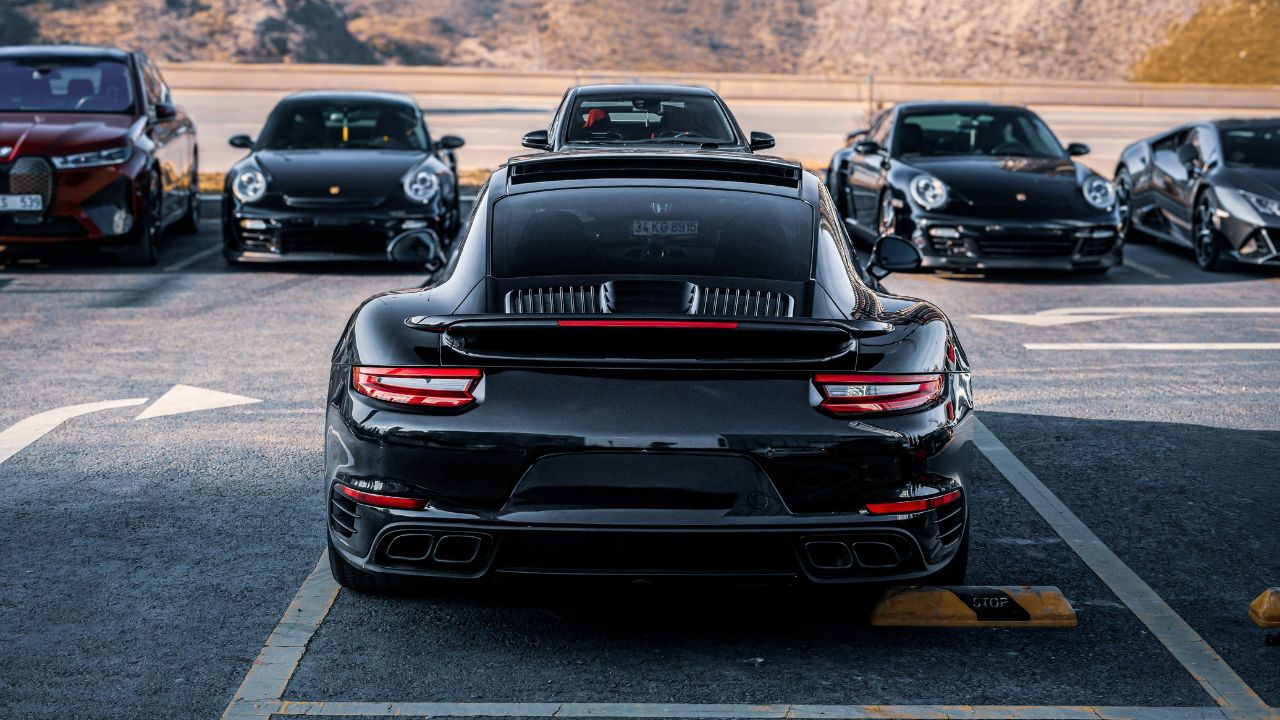
Luxury cars are often seen as status symbols, and this perception plays a significant role in their depreciation. The desire to project success and affluence drives many luxury car purchases, but this same desire can lead to rapid depreciation as owners seek to upgrade to newer models to maintain their status.
The social dynamics surrounding luxury cars mean that older models can quickly lose their luster. As newer models are released, the status associated with owning the latest and greatest becomes a priority for many buyers. This constant cycle of upgrading can cause older luxury cars to lose value rapidly as they are perceived as less prestigious.
Consumer Psychology

The psychology of luxury car buyers is another factor contributing to rapid depreciation. Many buyers are drawn to luxury cars for their exclusivity and the image they project. However, this desire for exclusivity means that as more luxury cars enter the market, their perceived value can diminish.
Brands that produce limited-edition models or offer bespoke customization options can help maintain exclusivity, but for mass-produced luxury vehicles, the perception of rarity can quickly fade. This shift in consumer psychology means that luxury cars can depreciate rapidly as they become seen as less exclusive and more commonplace in the automotive landscape.
Like Fast Lane Only’s content? Be sure to follow us.
Here’s more from us:
*Created with AI assistance and editor review.

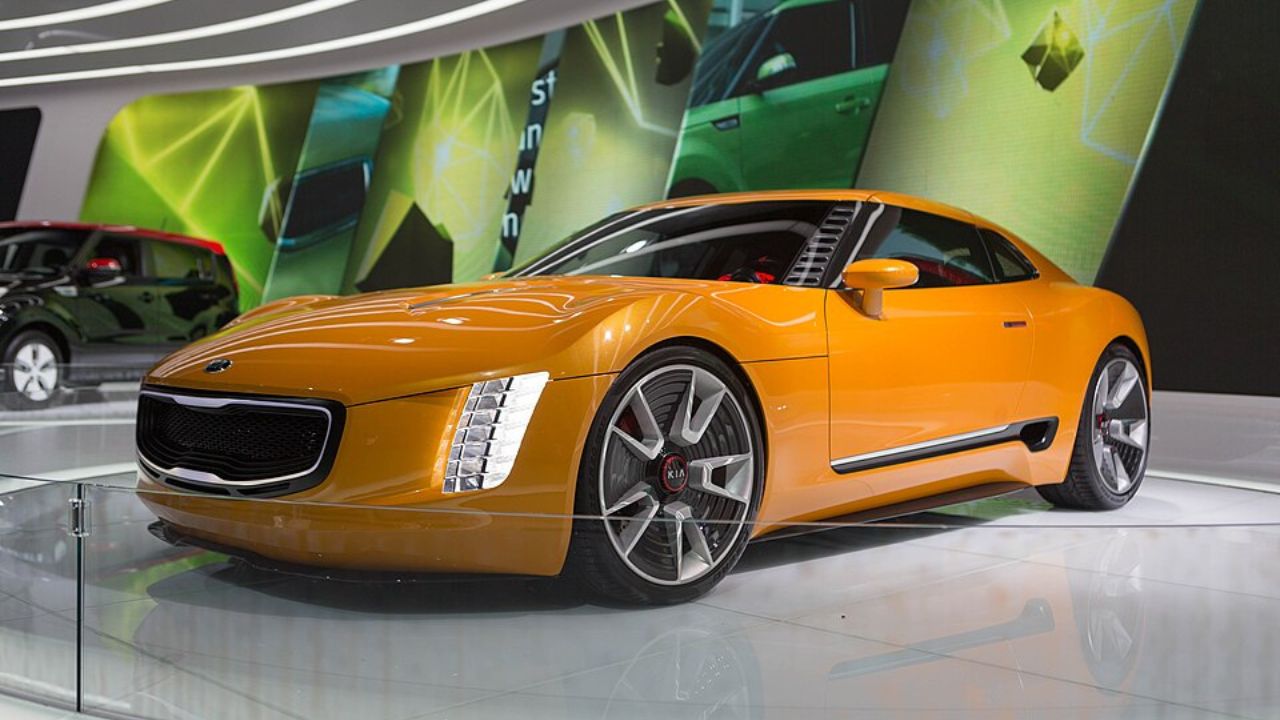

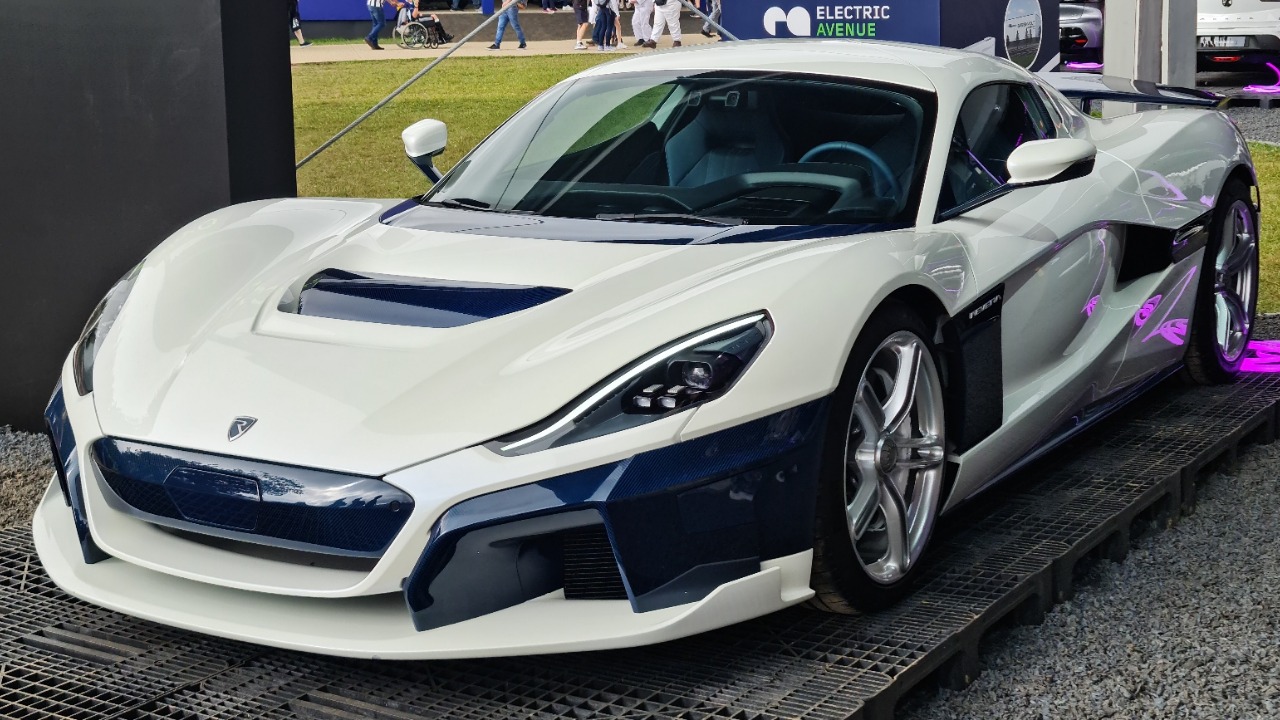
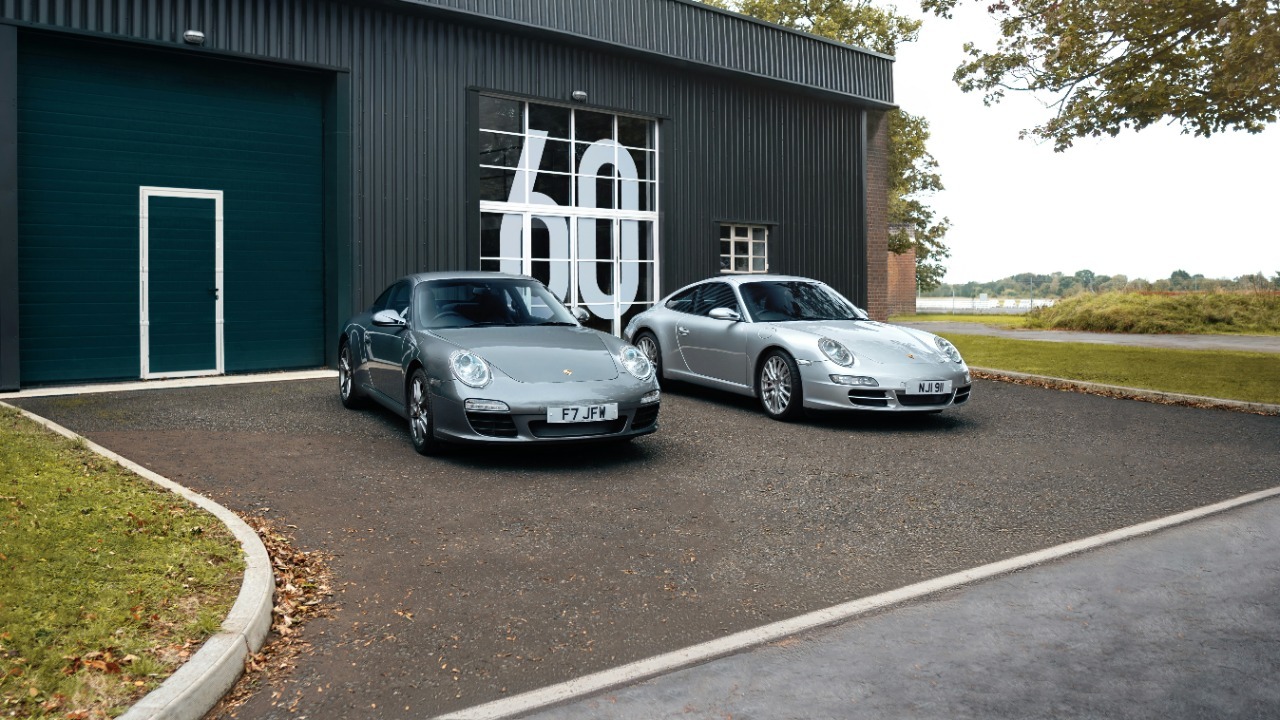


Leave a Reply